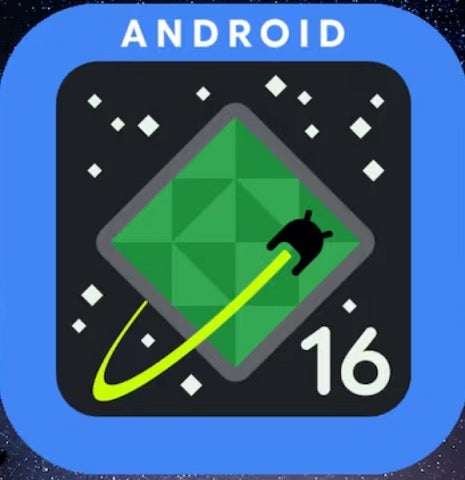Hello and welcome back to TechCrunch Space. NASA leadership have made their decision: Starliner will be coming back to Earth — empty. More on that below.
Want to reach out with a tip? Email Aria at [email protected] or send a message on Signal at 512-937-3988. You also can send a note to the whole TechCrunch crew at [email protected]. For more secure communications, click here to contact us, which includes SecureDrop instructions and links to encrypted messaging apps.
After months of data analysis and internal deliberation, NASA leadership announced on Saturday that Starliner will be coming back to Earth in September, without a crew. Meanwhile, astronauts Butch Wilmore and Sunita Williams will remain on-board the International Space Station until February 2025, when they will return on SpaceX’s Dragon spacecraft as part of the Crew-9 mission.
“Spaceflight is risky, even at its safest and most routine,” said NASA Administrator Bill Nelson. “A test flight, by nature, is neither safe, nor routine. The decision to keep Butch and Suni aboard the International Space Station and bring Boeing’s Starliner home uncrewed is the result of our commitment to safety: our core value and our North Star.”
As the global appetite for orbital launches continues to grow, the competition among new and old space companies to build bigger and better launch vehicles is firing up. ICYMI, here’s my overview of the medium-, heavy- and super-heavy lift rocket landscape, from vehicles that are currently operational to those rockets yet to fly.

NASA’s probe Voyager 2 made its closest encounter to Saturn on August 26, 1981, at a range of just 63,000 miles. Voyager 2 is such a cool mission: The little probe did flybys of Jupiter, Saturn, Uranus and Neptune, and became the second spacecraft to enter interstellar space, or the space between stars. By the time it concluded observations in the Saturn system on September 28, the spacecraft had transmitted 16,000 images of the planet and the surrounding space.





